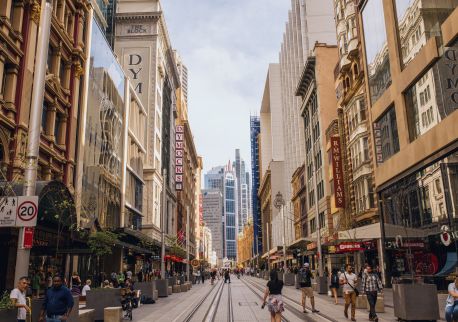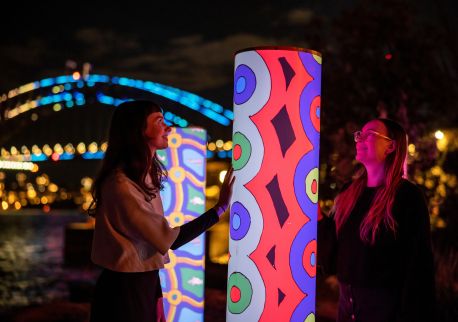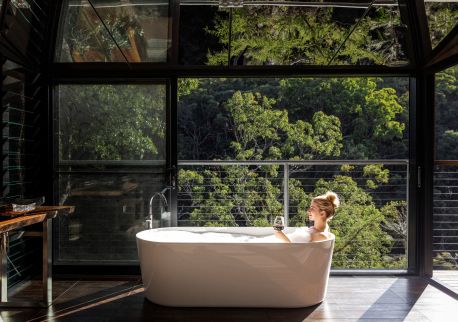Powerhouse Ultimo
Highlights
Overview
PLEASE NOTE: Powerhouse Ultimo is temporarily closed as it undergoes a significant heritage revitalisation. Powerhouse Parramatta is under construction and is due to open in 2025 or 2026. Powerhouse will continue to present programs at Powerhouse Castle Hill and Sydney Observatory during this time.
Powerhouse is the largest museum group in Australia. It sits at the intersection of art, design, science and technology, and plays a critical role in engaging communities with contemporary ideas and issues. It is the custodian of more than half a million objects of national and international significance that is considered one of the finest and most diverse collections in Australia. Established in 1879, its venues include Powerhouse Ultimo, Sydney Observatory, Powerhouse Castle Hill and Powerhouse Parramatta. Since its inception, Powerhouse Museum has been connected to community and industry.
In August 2024, the museum group launched Powerhouse Food: Producers, a monthly event taking you behind the scenes of Western Sydney’s farms, factories, restaurants and neighbourhoods. Taste a set menu based around the flavours of the world of insects, see the workings and stories of Sydney’s markets on location, hunt for truffles, and explore Harris Park’s Little India with a local expert.



















